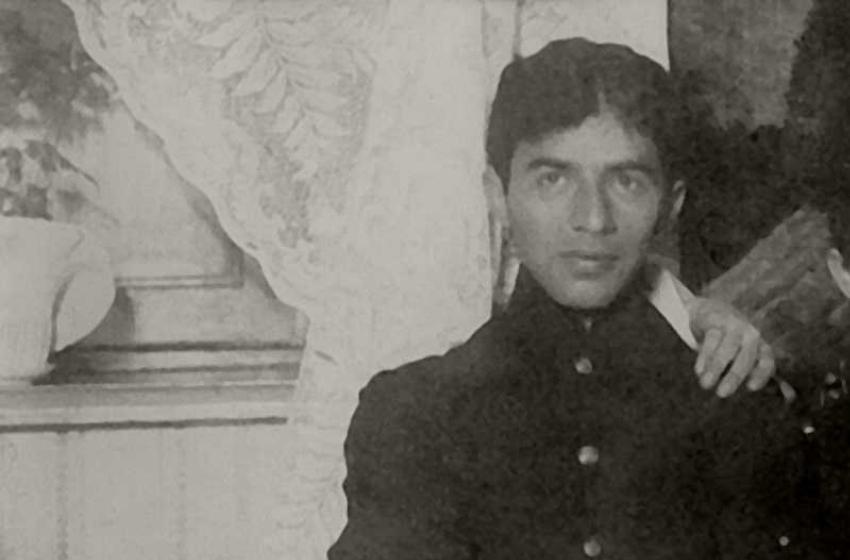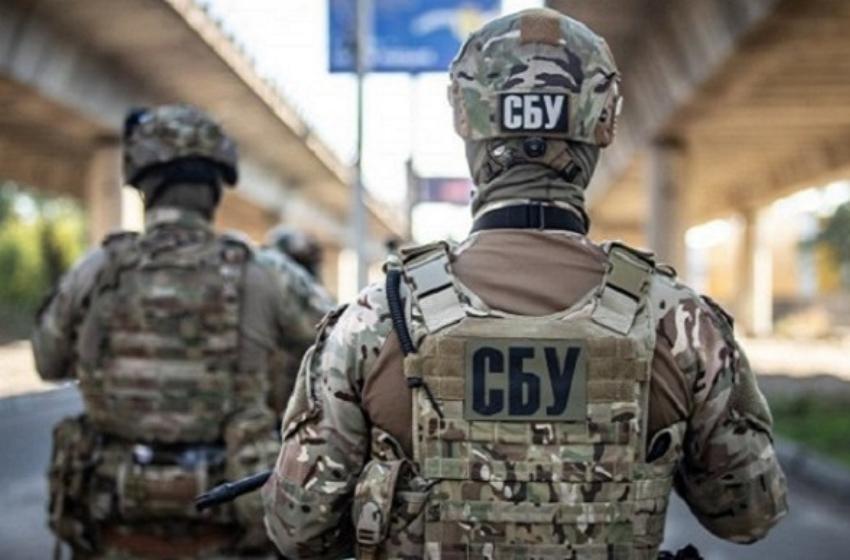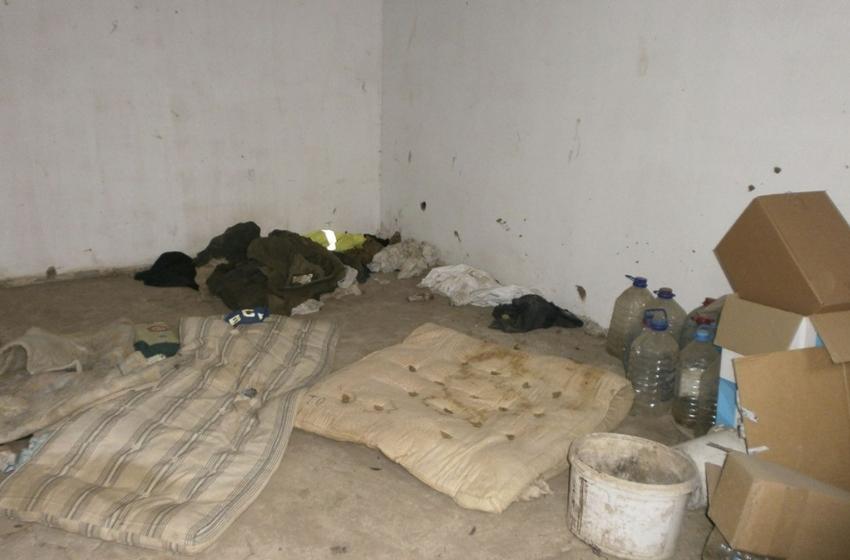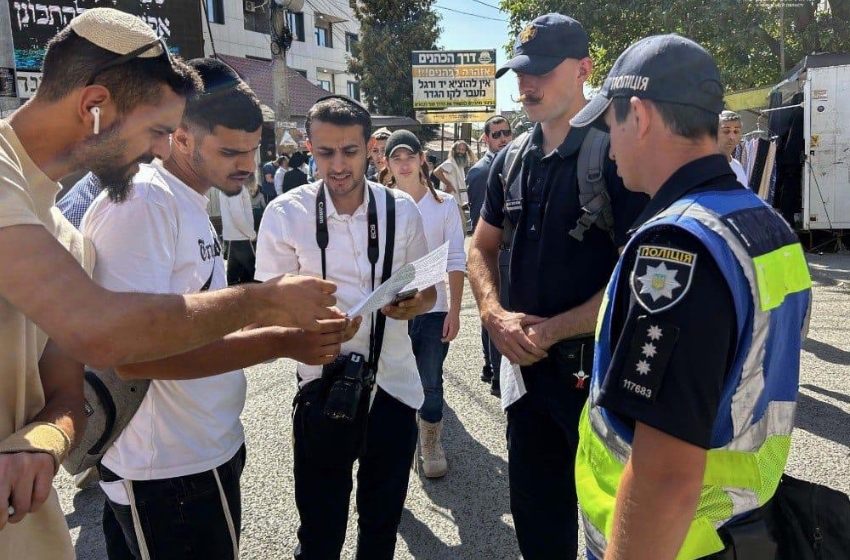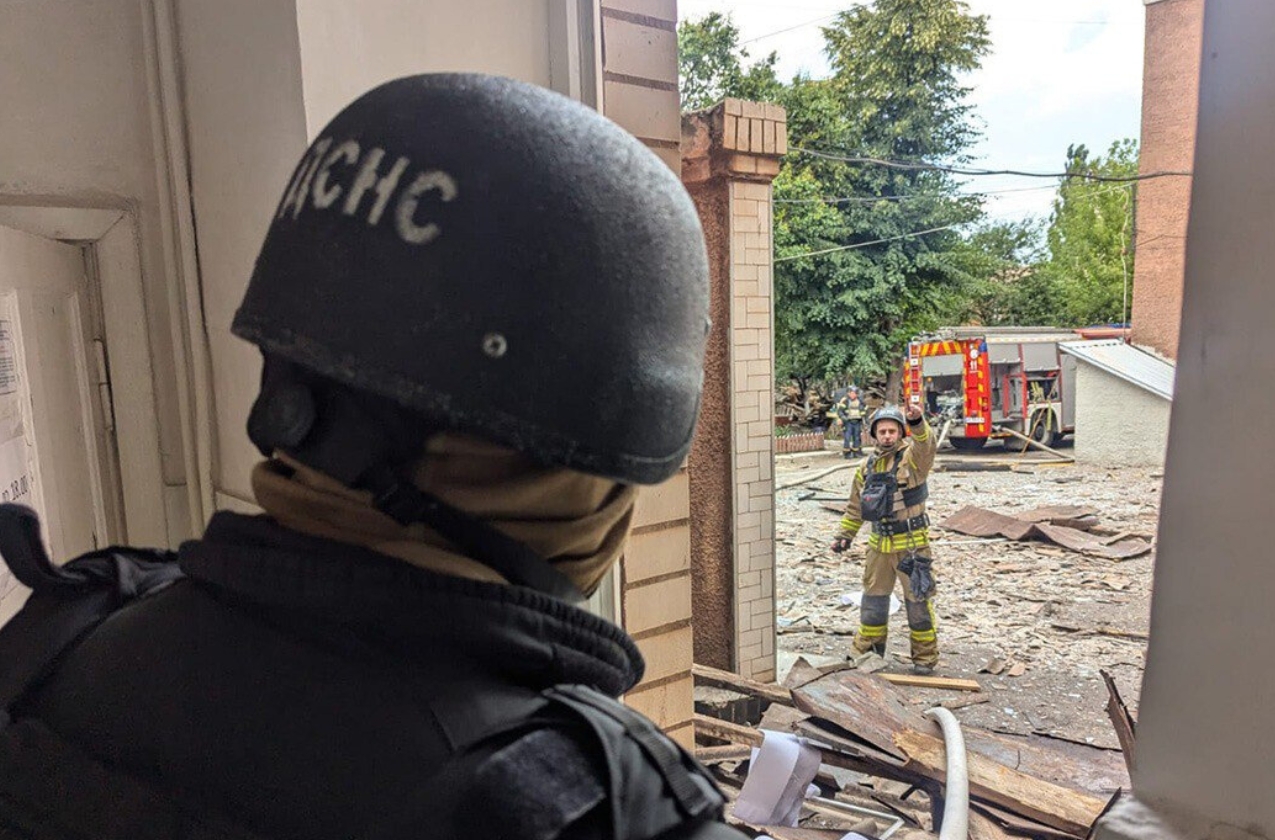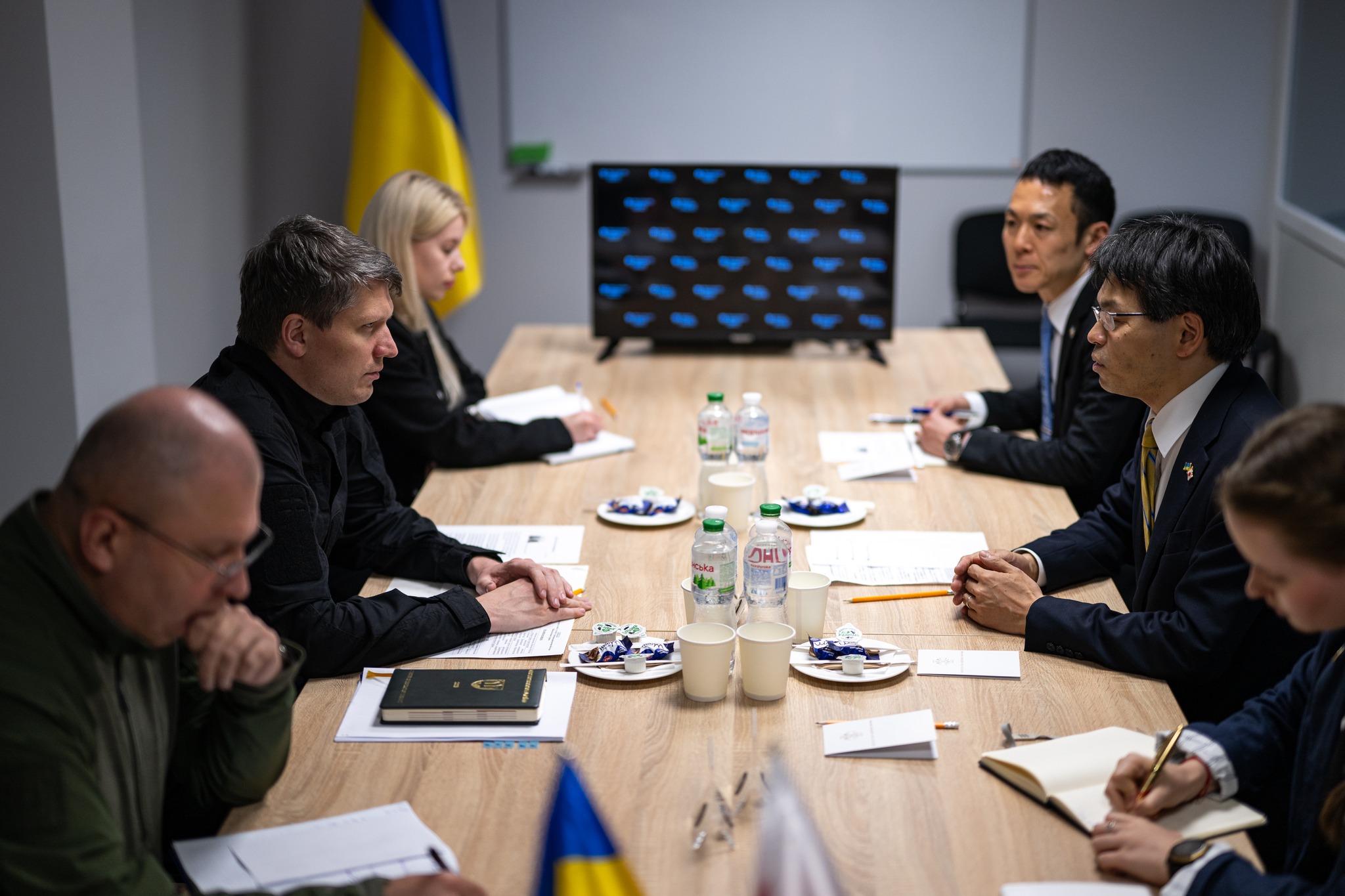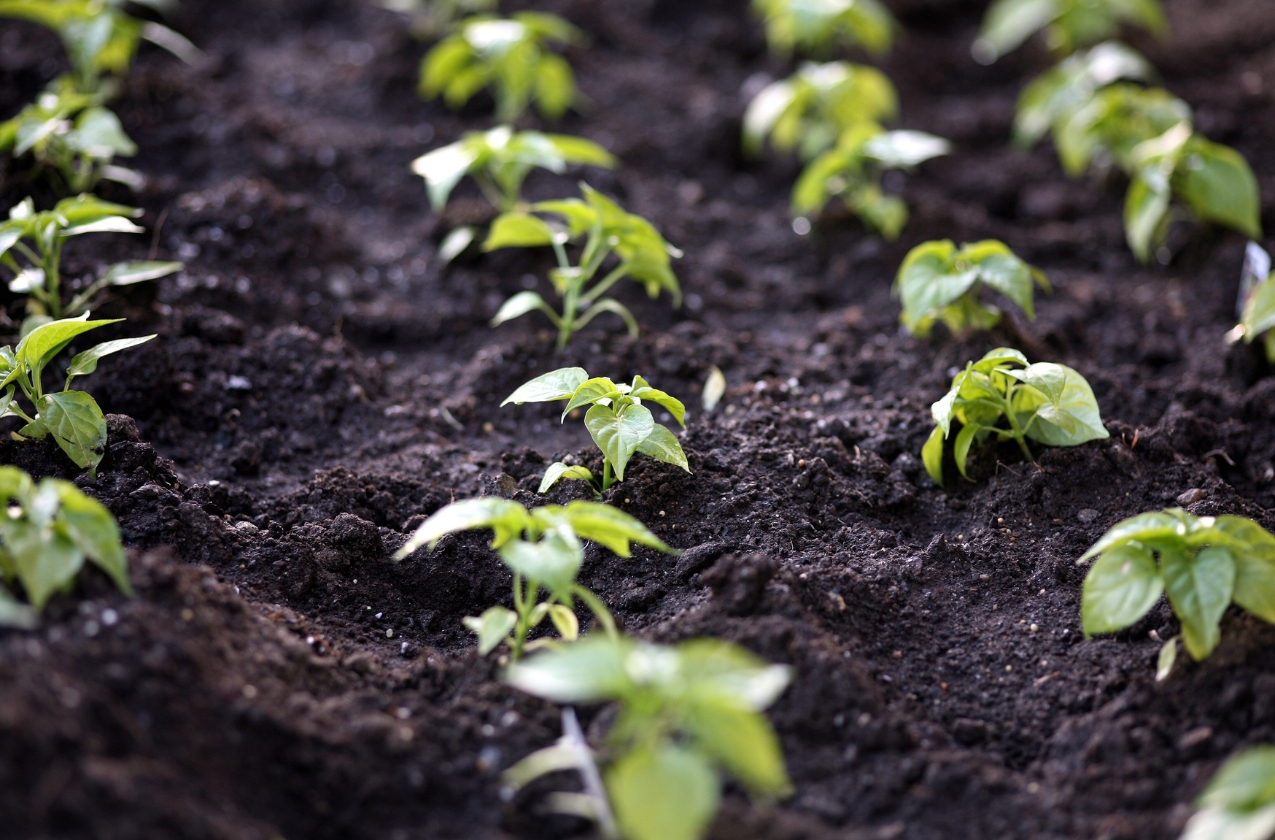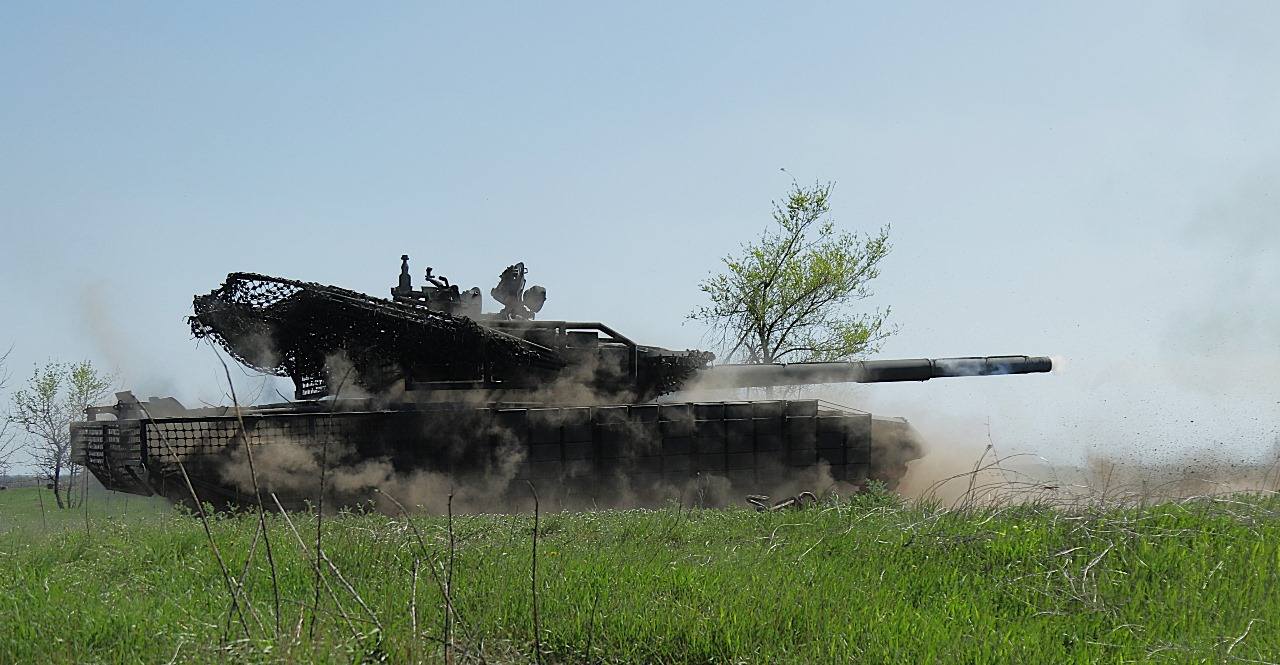Sandro Fazini (real name and surname Srul Feinsilberg), artist, graphic artist, painter, the elder brother of a famous writer Ilia Ilf. The work of Sandro Fazini now could be seen at the Odessa Museum of Modern Art at "Yesterday, Today, Forever" exhibition.
The talent for drawing is one of the facets that sparkled four sons, four "diamonds" of the family of the Odessa bank employee Arie Fainzilberg and his wife Mindl. Two of the elders became artists, the third began his career as a draftsman, and later became the legendary writer, whom we know as Ilya Ilf. The younger Feinsilberg studied to be an engineer-topographer - and here it was not without drawing. In this article we are talking about the fate and talents of the eldest son of this family, who preferred to work under a pseudonym. And his name was Sandro (Alexandre) Fazini.
In official documents, the boy, who was born in Kyiv on December 23, 1892, according to the old style, was recorded as Srul Arievich Fainzilberg, in the Russian way, Sasha. Soon the family moved to Odessa and settled in a house at 137 Staroportofrankovskaya Street, one step from the famous Privoz market.

Following in the footsteps of his father, young Sasha entered the Odessa Commercial School, but for a long time his zeal was not enough. Parents insisted: they had to finish education, the Second State Jewish School became a compromise. However, the creative streak, which the practical father tried so hard to suppress in his children, prevailed, and Sasha applied for admission to the art school of the Odessa Society of Fine Arts where he was taught by Kiryak Kostandi, a Greek-origin Impressionist painter.
Sasha Fainzilberg combined study and work: in 1911. he was admitted to the recently opened magazine "Crocodile", which was organized by the famous Odessa feuilletonist Boris Flit and his friend, artist Fyodor Sigal. Faisilberg was entrusted with the design of the magazine, as well as satirical drawings. "Crocodile", filled with sparkling Odessa humour, quickly became a popular publication. It was read in Moscow and Munich, in Nikolaev and Tambov. Note that many of the authors of "Crocodile", which existed in Odessa for only two years, later became employees of the Moscow satirical magazine with the same name, which was very popular in the USSR.
Working for Flit and Sigal, the young artist began to invent pseudonyms for himself, feeling for "the most advantageous option." In the end, the choice was made: he became Sandro Fazini. Around this time, the young artist became interested in photography, which was one of the component of his multifaceted talent.

Fazini spent the revolutionary years in Petrograd (former Saint Petersburg). According to the recollections of relatives, he was a photographer, and even worked in one of the revolutionary commissions investigating the crimes of the tsarist regime. Almost nothing is known about this period of the artist's life, however, several of his photographs taken in Petrograd have been preserved in the family archive.
Everything was interesting to Fazini, he tried himself in different techniques and genres, painted classical graphics in the spirit of Aubrey Beardsley and at the same time worked in an avant-garde style. Some of his works resembled the post-impressionist paintings of Toulouse-Lautrec, while in others Cubism and modernism were visible. His name was regularly found in newspaper chronicles.
Fazini becomes a member of the Odessa Society of Independent Artists and for three years regularly takes part in exhibitions.
So, under the banner of humour and satire, sometimes from hand to mouth, Fazini, like his friends - young writers and artists, lived and worked in revolutionary Odessa. Sometimes it was possible to improve financial affairs by selling paintings to Yakov Peremen, a collector and philanthropist who collected works created by young Odessa avant-garde artists. Behind were the German and French occupations, the city was occupied by the Bolsheviks.

Right: Duex nus debut, 1926
Like his comrades Amshey Nurenberg, Teofil Fraerman, Max Gelman, Alexandra Exter, the artist took part in decorating Odessa for the May 1 holiday. He also entered the painting department of a higher art school, but never graduated.
In 1920, Sandro Fazini became an employee of YugROST. Boris Kosarev (Fazini's brother), artist Mikhail Fainzilberg, Eduard Bagritsky, Valentin Kataev, Vladimir Narbut, Mikhail Koltsov worked here, under the guidance of the master of political caricature Boris Yefimov. Fazini's 42 poster sketches for YugROST are in the funds of the Odessa Museum of History and Local Lore.
After YugROSTA, Fazini tried to find a job in Kharkov, the then capital of the Ukrainian SSR, but soon returned and decided to leave for the West. The plans were America, where the relatives of the family lived. In a letter to his uncle, the artist described what was happening in the country as follows:
I am old enough to be clear about what I am going to do. Unfortunately, now one cannot make a choice, and choosing Russia now as a field means choosing death.

1926
In 1922, Sandro Fazini sailed for Constantinople, and in the same year he ended up in Paris. Here he married Aza (Rosa) Kantorovich, who also left Odessa, and, having changed plans, decided to stay in the main city of artists. At first, any work was suitable, but soon Fazini, a man who always knew how to stand out in the general mass and present himself well, made acquaintances.
He settled in Montparnasse, on Rue Daru, painted pictures, became interested in the surrealistic direction, then abstraction. He frequently exhibits at the Salon d'Automne, the Salon Tuileries, and the Salon of the Independent. He maintains friendly relations with the owner of the Waven-Raspail gallery, where his canvases coexist with those of Paul Klee, Jacques Lurs and Pablo Picasso (1931). He is going to arrange a large solo exhibition (25-30 paintings). Another source of income for Fazini was advertising photography.

1931
In 1933, Ilya Ilf arrived in Paris, who by that time had already gained worldwide fame thanks to the novels "The Twelve Chairs" and "The Golden Calf", co-written with Evgeny Petrov. He tracked down his brother through an art gallery.
Was with Sasha at the exhibition of sur-endepanances, saw his paintings, very elegant and very complex.
Ilya Ilf
The brothers shared a passion for photography, Ilf gave Fazini a new Rolleiflex apparatus, and they took pictures with enthusiasm while traveling across France. Sandro Fazini was indeed a great photographer. He successfully collaborated with several Parisian publications, where his work was placed with the signature "Al Fas". In 1937, Sandro Fazini's photographs were presented at the International Paris Exhibition, where they met great interest and success.
Before World War II, Fazini travelled a lot in Europe, took advertising photographs. When the Germans captured France, the artist and his wife Aza remained in occupied Paris. They were arrested on July 16, 1942, during the tragically famous "Vel d'Yves" raid, during which the Nazis and French police arrested and herded over 13 thousand Jews living in Paris and the surrounding area to the Vel d'Hiv' Roundup. A few days later they were sent to Drancy, an internment camp in one of the Northern suburbs of Paris. Fazini's workshop was destroyed. Both of them were interned in Drancy and deported on convoy number 9.

Sandro Fazini and his wife died in the dungeons of a concentration camp in 1944. By that time, Ilya Ilf already died 7 years ago in 1937 from tuberculosis. In 1942, Misha Fainzilberg (third brother) died of hunger and hardship during evacuation. Of the four "diamonds", only Benjamin Fainzilberg remained, who survived the war and only many years later learned about the tragic death of his elder brother Alexander.
Fortunately, not all of his work was destroyed in 1942, during his arrest. The Montparnasse Museum of Paris, the repository of the archives of the Paris School artists who died in the Holocaust, has five magnificent paintings by the mature Fazini (late 1920s and early 1930s). The Hecht Museum at the University of Haifa (Israel) contains 13 canvases by Fazini from the same period (donated by a Swiss collector). They are characterised by the artist's adherence to graphics, scanty lines, simplified forms; the restrained, almost monochrome palette is occasionally highlighted with bright colours.

1917
Sandro Fazini was almost forgotten in his homeland, but in Europe and Israel, his work is well known. Back in 1920, the Odessa collector Yakov Pereman brought to Israel more than 200 paintings by “Odessa independentsâ€, including works by Mikhail Gershenfeld, Amshey Nuremberg, Isaac Malik, Teofil Fraerman and Sandro Fazini. In 2010, the heirs of Pereman put part of this collection - 86 paintings - at the Sotheby's auction. For 2 million dollars they were bought by a Kyiv businessman Andrey Adamovsky, after which the paintings of "Odessa Parisians" were shown at a number of exhibitions, including in Odessa.









